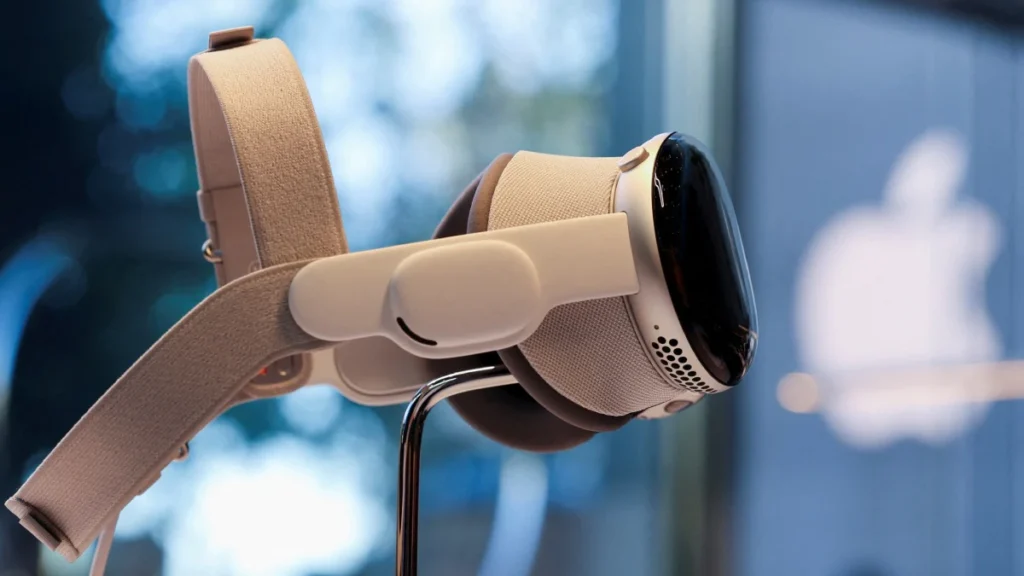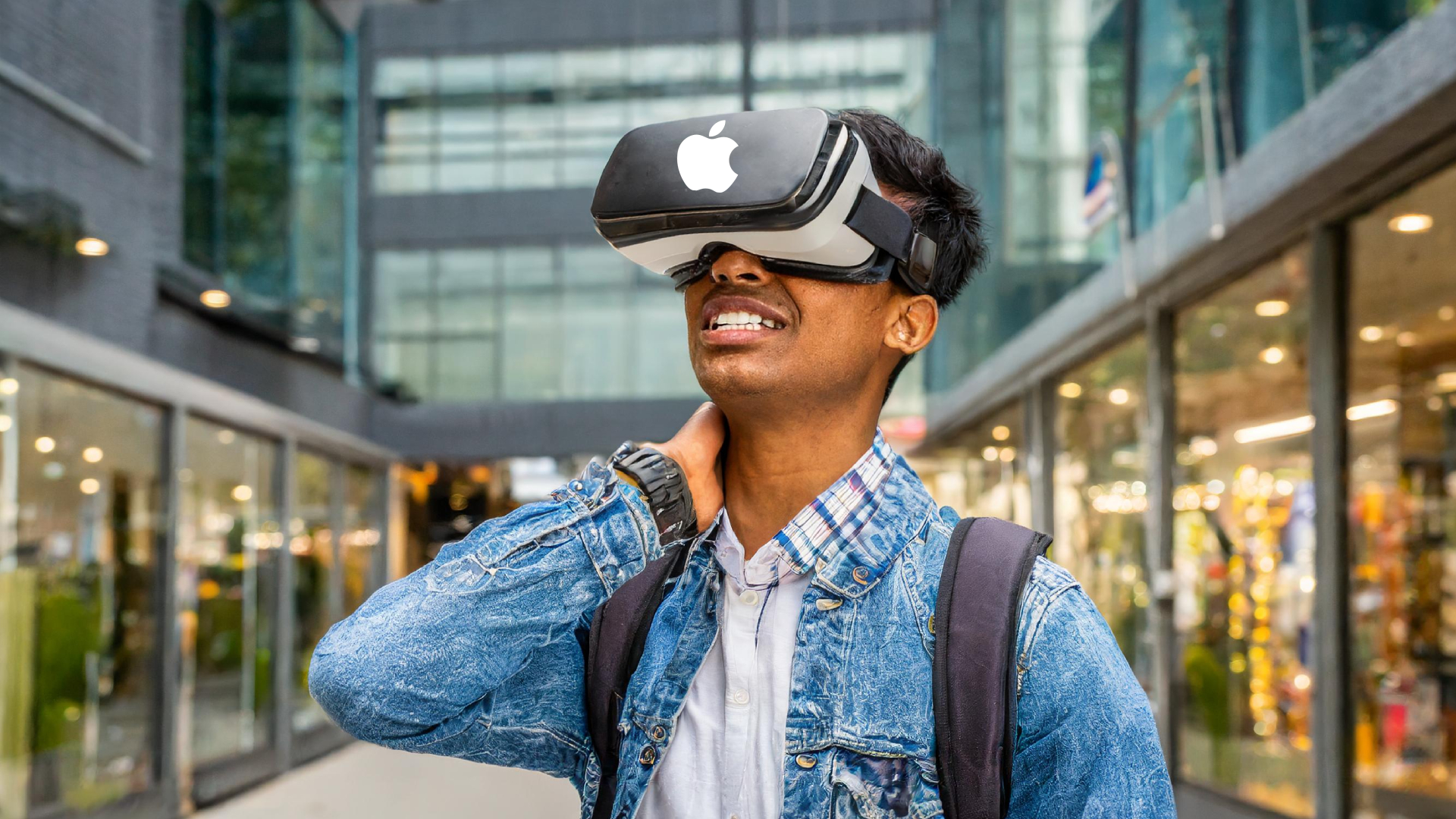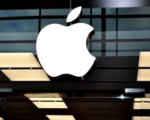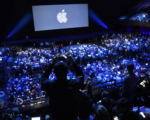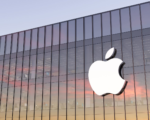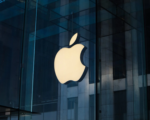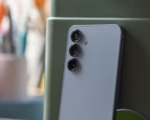Concerns Arise Over Weight of Apple Vision Pro: Up to 650g Depending on Configuration
Since its debut in the US market on February 2, the Apple Vision Pro has garnered significant attention, not only for its cutting-edge technology but also for the challenges some users are facing with its ergonomics and functionality. As the initial excitement of owning Apple’s latest innovation begins to wane, reports have emerged indicating a growing number of early adopters are opting to return the mixed reality headset within the stipulated 14-day return window. While the Vision Pro comes with a premium price tag and promises a transformative mixed reality experience, customers appear to be grappling with unexpected discomforts and usability issues.
According to insights gathered from various social media platforms and user forums, a recurring theme among dissatisfied customers revolves around physical discomforts induced by wearing the headset for prolonged periods. Many users have reported experiencing headaches, motion sickness, and eye irritation, which have been attributed to the weight and design of the device. The Apple Vision Pro, depending on its configuration, can weigh up to 650g, a factor that significantly contributes to the strain felt by users during extended use. Additionally, the presence of a separate battery pack, connected externally via cable, further adds to the overall weight, tipping the scales at 353g.
The Verge, in a recent report, highlighted the increasing number of users voicing their intention to return or having already returned their Vision Pro units. These decisions, it seems, are driven primarily by the challenges posed by physical discomfort rather than shortcomings in the device’s technological capabilities.
Despite Apple’s reputation for delivering sleek and user-friendly products, the Vision Pro’s design and weight distribution have raised concerns among consumers, underscoring the importance of ergonomics in the development of wearable technology. As the company navigates this feedback, it remains to be seen how Apple will address these issues and refine the user experience of its ambitious mixed reality headset.
